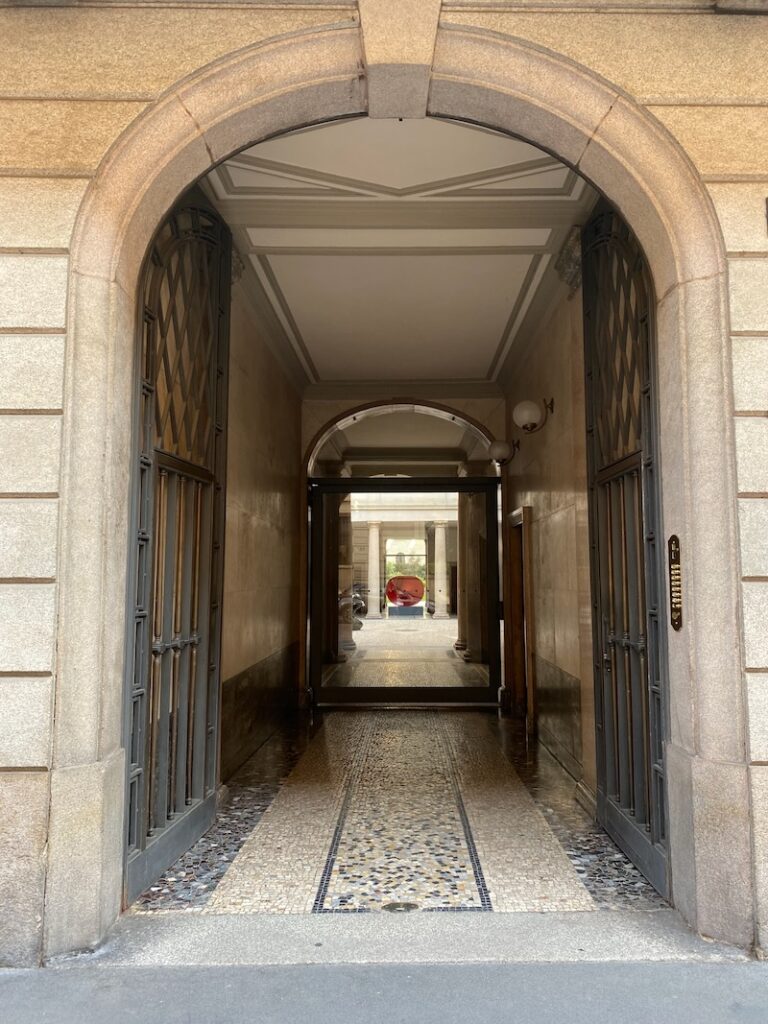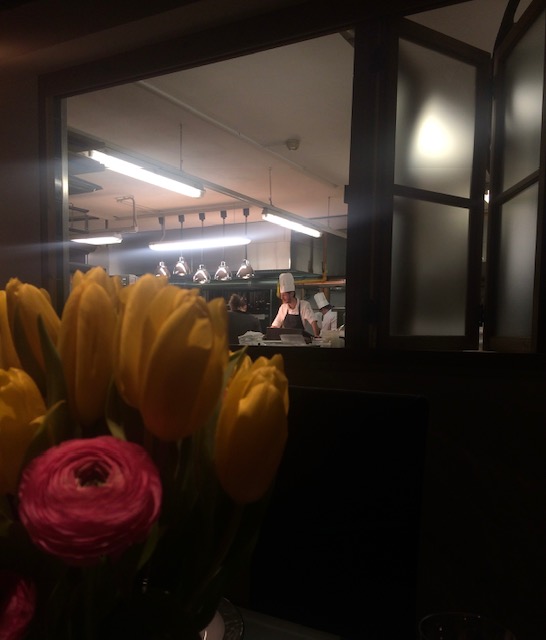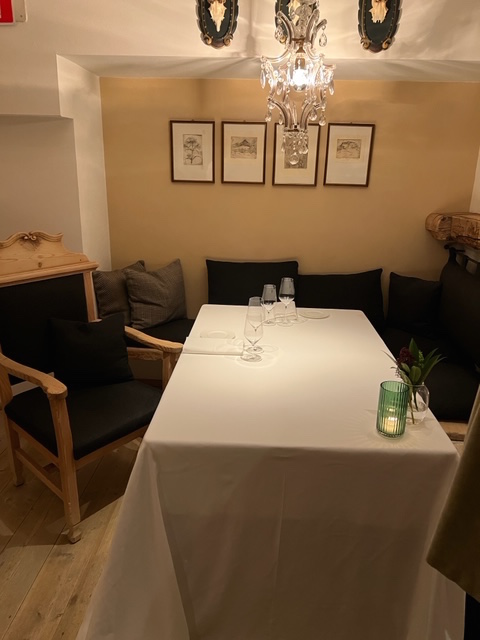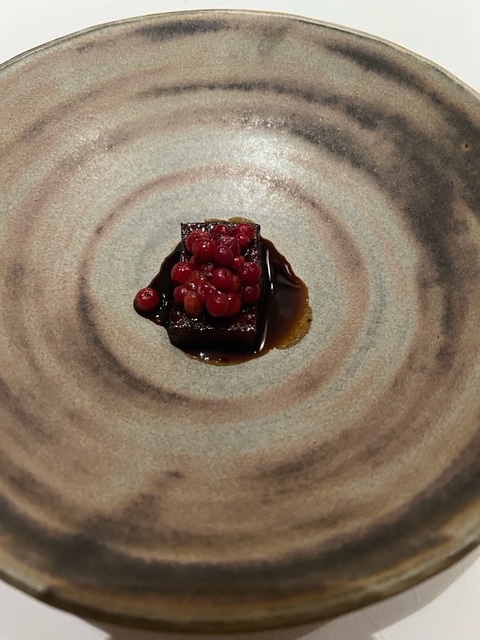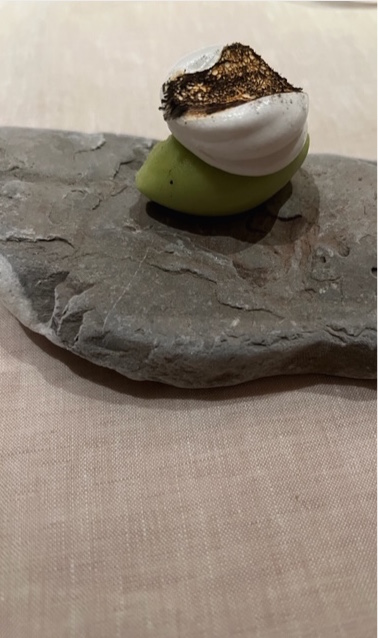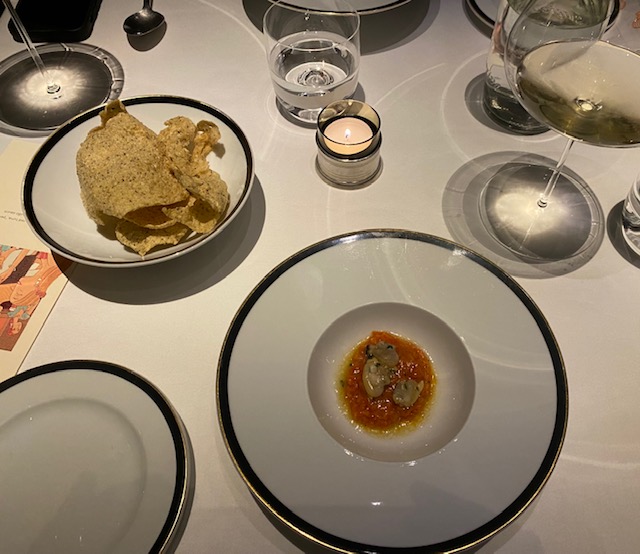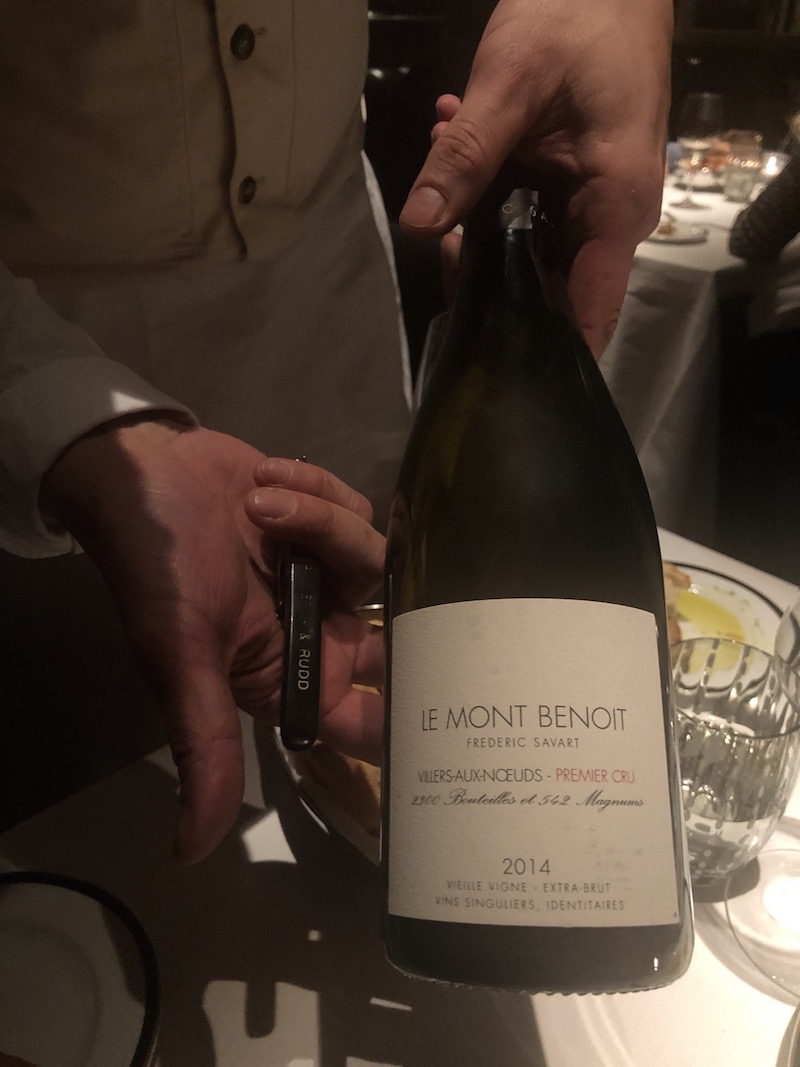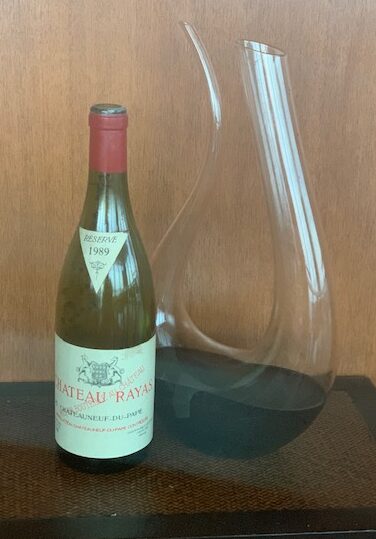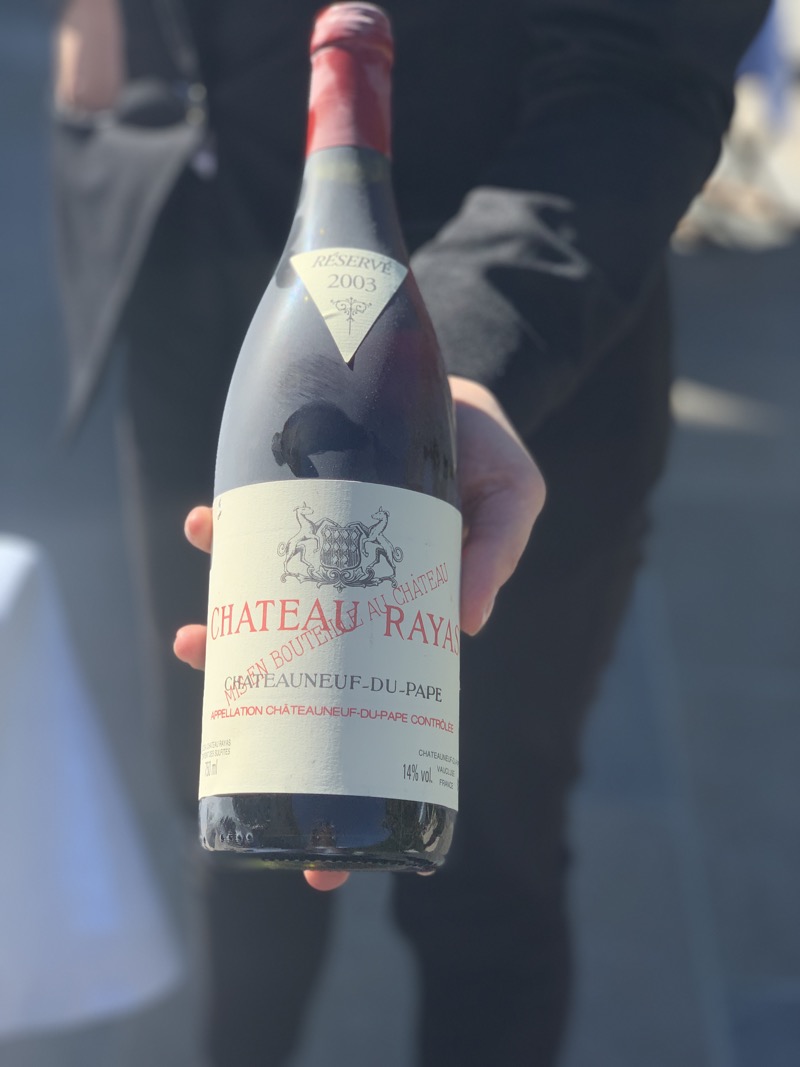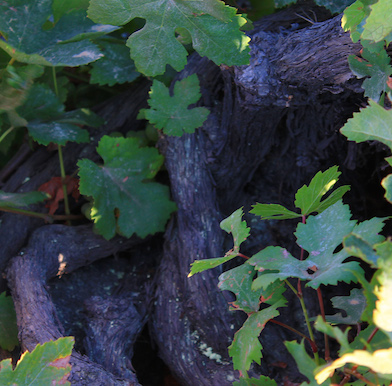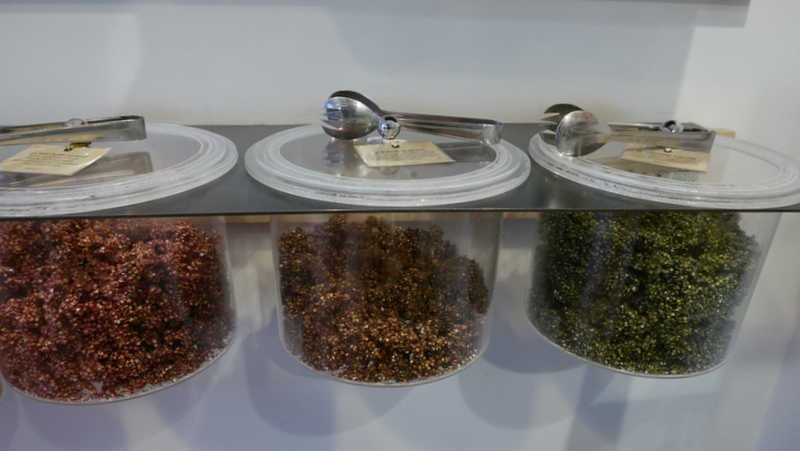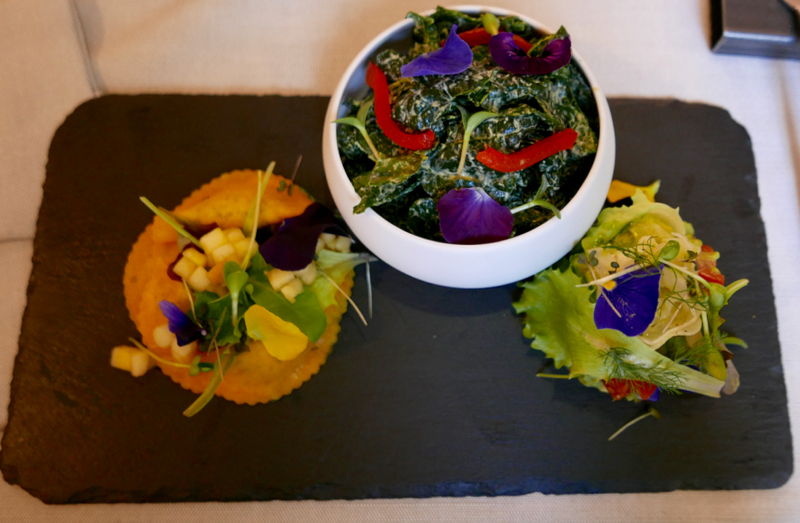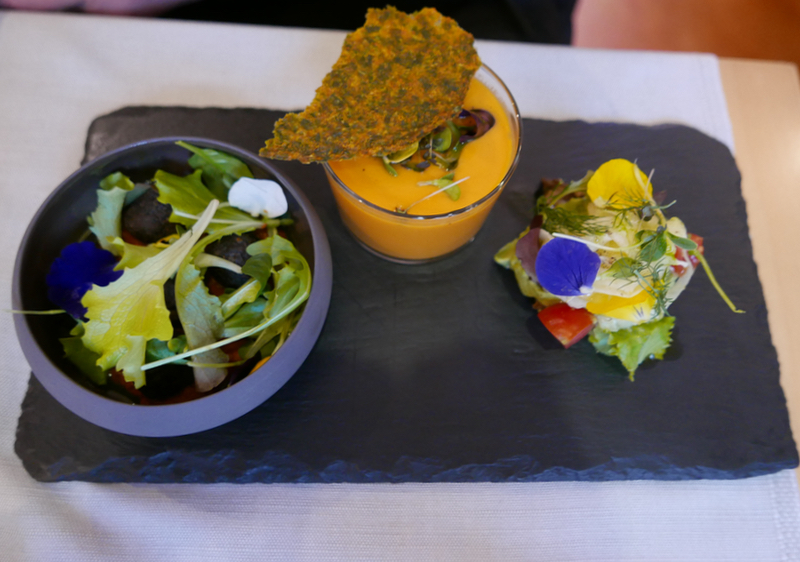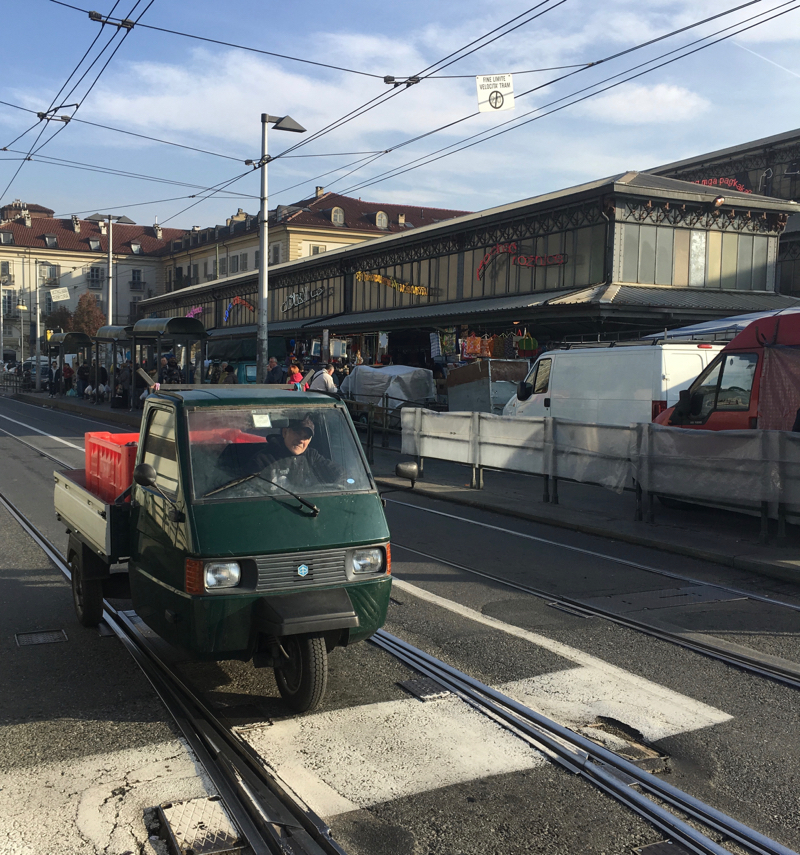Lefay: east-meets-west in nature
Lefay resort meets the eastern wellbeing classics in an open-minded coupling with Western wellness to harmonise your body, mind and soul through nature, nurture, spa and professional body therapies. In just five days of the Active & Balance program, I learned so much about what my mind and body need not just in that specific moment, time of the year, but also holistically in life.
This energy recovering, balancing discovery package is only available to experience here at Lefay Dolomiti, the newer location of the established Lefay resort on the Lake Garda.
While we were geographically disappointed that the Lefay Dolomiti is not in fact in the Dolomites, the stunning, changing light reflecting UNESCO World Heritage natural area is about 10km hike from the resort to Madonna di Campiglio for just the views or to the core of the jagged sedimentary rock formations about half an hour drive. The Lefay resort Dolomiti is set in the valley running from Pinzolo ski town it faces all the way down south perpendicular to the Garda Lake.

Nature’s seasonality challenges the body and mind
Conspicuously enough or it just may have been the late summer whimsical weather pattern in the Trentino mountains, each day could not have been different outside. The first summer season day in the seasonally tuned program coincided with the warmest day of our stay. Then we moved to the stiffer autumn swiftly with some cooling off and rainy spells. Winter was chillingly upon us as it snowed overnight in the higher altitudes yet it melted into the water element within hours. And the fourth day springy energy strolling over mossy path in the woods of Amola park kicked us into our heels. The weather played wonderfully challenging games on us and the team at Lefay, but they take you outdoors even when it drizzles so hoodies, water resistant overalls and long pants are advisable to boot into your hiking shoes.
We were further able to change a few of our scheduled mornings in nature to more view-awing locations since we had our own car. The young, energetic guide is on the national Italian ski team, so she welcomed the more active boost into the otherwise rather physically sober program. Suitable for less active population. Yet, flexibility proved to be Lefay’s moulding strength, and we were accommodated with open arms.
My favourite encounter with nature was our stroll through another mossy forest to a wild waterfall in Val Brenta. We were encouraged to use all our senses, inhaling the Alpine scents, touching the rough skin of trees, tasting the sap, walking barefoot over natural reflexology path into the blue-cold river running down from the melting glaciers. We concluded our seasonal connection with a silent meditation on whatever comfortable spot we spotted around ourselves. I found a perfect moss cushion over a stomp on which I wished to remain for the rest of the day.
During our walk through Val Brenta it emerged in my consciousness that: One river contains different energies depending from which side of the bridge you experience it. A lesson for life.
High tech spa meets tuned in rejuvenation at Lefay
The Lefay resort offers one of the most complete sauna experiences in Europe, perhaps even in the world. The Dolomites have recently embraced the most wowing spas ever built, we have so far experienced three, but the Lefay spa is the most holistic of all. Chromotherapy, aromatherapy and other western well-being tools like cardia-boxing and pilates strength training meet the classical Chinese health knowhow, organic (mostly locally sourced plants) phytotherapy, now international yoga and meditation here in one resort.
Indoors in the spa each afternoon we had lined up a tui na body work treatment and a specific sauna or bath experience to awaken or more consciously encounter each element and its corresponding season. All the therapists I had were excellent, which is rare. Particularly Kristina had a special touch and a wonderful attitude, truly a lovely person and an excellent embodiment of harmony we tried to achieve, well rather tune into. Her practice of qi gong had certainly sensitised her to qi and I could feel the intense energy movement on my body during the treatment.
We started with the summer season in our program. Anyway, the first day was hot and later in the hot sauna ritual, where I was guided to sweat while gently stretching, listening to fiery piano and aromatherapy, so my body and mind got fired up by expelling any anxiety. The Finnish sauna ceremony was adjusted to my requirement to have slightly open door as my own body does not tolerate extreme heat any more, and perhaps there is not much of this tensing emotion in held in my body at all. Also known as Aufguss, the towel-wrapped guide also fanned aromatic oils towards me and had an ice ball ready to stomp my feet over for cooling off midway through the 30 minute yang maximising session in the Red Phoenix zone. At the end I took a cold shower plus walked through the Kneipp knee-high pools to balance the heat with cold yin energy. My senses were certainly expanded and my sense of joy sparked. Alpine salt scrub and a tuna meridian massage rounded up the heart region touching day.
What the resident Classical Chinese Medicine practicing doctor disclosed during our one to one session followed by an acupuncture was that the most challenging is the metal element of autumn. The inflexibility of the material and aspect in nature includes us and our lungs call for attention. The space of the White Tiger was all about humidity, the potential sadness that comes with leaving the summer yang. Two steam rooms evaporated weakness and melancholy from our bodies and a private yoga session with a Japanese shiatsu instructor also our minds.
Fear comes from the dark crevices of winter. The Black Tortoise was a dimly-lit crystal room that has to be reserved for extra charge for all guests not participating in the program. Inside awaited us an intimate ambiance through experiencing floating in a dense salt ‘lake’ and a cave room to relax in before a scrub and hot (kidneys love warmth) mud wrap assisted by the spa therapists. The yin calm of the water element associated in China with winter’s time of rest enveloped us in restful mood. The effortless floating is for most first timers here the favourite sensation in the spa. At first, I stepped in doubtfully of how long I might last just floating on the surface of one of the three individual pools (designed so as not to interrupt by accidentally bumping into each other’s body while floating). Half an hour later I did not want to leave, rest feels wonderful if you let it.
The spring element comes to life in wood which embodies growth. The aromatic bio-saunas with mild temperatures and essences of either orange or rosemary of the Green Dragon dissolve nervousness and reduce impulsiveness in their calming, gentle atmosphere. This is an ideal season to detox the liver from sluggish wintry energy and the accumulated anger. Forest bathing, known as shinrin-yoku in Japan was scheduled for that morning, but it rained and stormed so hard that I was instead given a qi-gong lesson that I inquired about earlier.
The central water massage crepuscular pool was advised to be used to ground through the earth after each elemental experience. Face and head massage also helps you to recenter. As in Ayurveda and yoga, this area of the body is the most potent connecting point with higher consciousness. Overthinking and being too much in one head, pondering the past and playing with the future throws us away from what is important now when we can change reality by participating in the present. The final stretching of the meridians akin to yoga, shiatsu and qi gong movements totally released any remaining stiffness and stress from my heavily-travelled body.
May food by thy medicine
No wellbeing program can ignore nutrition. At Lefay we were very pleased with the food, more seasonal Mediterranean diet than Chinese, for Western palette challenging flavours. Italy has not let us down and we felt indulgent even.
We had a choice of tea with either the spa menu or a buffet breakfast where we could find the “light”, all high GI sugar-free, mostly dairy-free and some gluten-free pastries, seasonal fruits, make your own juice from assorted cleaned vegetables. We loved the herbed tofu scramble with turmeric one morning, that unfortunately was not made by all the cooks the same. The pastries were delightful without being overpowering. As in TCM (Traditional Chinese Medicine) the correct balance of the five flavors, colours and aromas in one meal is considered essential for the yin/yang balance. The nutritionally balanced, high fibre (prebiotic) meals were satisfying.
At lunch there was a harmonising, inflammation-reducing, three course menu available, but we usually chose two plates. A vegetable-centric starter, pasta or protein-rich main (chicken, fish) and then erythritol-sweetened dessert, perhaps with some ripe fruit. In the afternoon we were sipping on that day’s herbal blend for each season, mostly assemblies from Northern Italian meadows rather than rather unusual and unwelcoming Chinese herbs and who knows what that is used in TCM. Here, the “classical” approach is favoured over what has been commonly practiced in Chinese medicine since Mao’s era.
A two-course dinner of cooked vegetables (like in Ayurveda raw foods are understood as difficult to digest) accompanied by plant-based protein for restful sleep ended up with a herbal infusion of your choice. Besides the seasonal blends, there were calming, detox, and other herbs on hand.
Sleep and regular rest is essential
The rooms at Lefay are luxurious, the beds very comfortable with a wide choice from pillows.
A gas-powered fireplace in junior and suites calms you, mostly the views include some green nature, the shower is spacious even though the open-plan glass wall separation may feel rather like being on a nudist beach, and you get a kettle, tea and water free of charge. The views are disrupted by the rather average ski town, but higher up the mountains elevate the spirit.
As in the Daoist philosophy there are some positive and negative sides of anything. At Lefay the pluses weighed down the not so welcome realities. Most importantly, I would prefer to have the philosophy and explained better during the program’s introduction. Nevertheless, the printouts we received succinctly educated me on about a dozen pages in the most clear way than any book on Chinese medicine I have read to date. The philosophical core of the five elements connected with human psyche’s emotions and the inner organ’s wellness has never agreed more in some aspects with the scientific findings in Western medical approach. No-one can refute the effect of stress on cardiovascular health, digestive disorders, ulcers, and its defective push on many chronic illnesses.
As our environment indeed affects us, cold, heat, wind, humidity, wildfires, they all shift not just our vitality but also the quality of air we breathe and that directly impacts our wellbeing. It is logical then to train one’s body for the heat of summer by hot sauna and cold exposure, to add some contemplative, calm practices to the darker winter days, to whip ourselves with some active body awakening practices in spring when the days become longer and to accept the transition to shorter autumn days without sadness though pranayama, meditation, qi-gong, yoga and other mind-calming, focus practices. In the east or the west, traditionally we have included alternative customs and rituals into each seasonal variation.
The vast resort is open to families with kids, indulgent couple weekends and for the sport enthusiasts’ active retreats, so you will not be totally immersed in a secluded, silent meditative space, but in the real world, be it a special spa space with a luxurious bedding. Unless you become a hermit or a solo ocean sailor, you have to face others. One needs to figure out a way to protect one’s energy and wellbeing from the chaos out there. You have an opportunity here at Lefay to face, question, ponder and realise what works for yourself, just be open to what every day brings along and how it makes you feel without judgement but acceptance and it will go not only smoothly, but you will find more balance in life overall. I did.



































